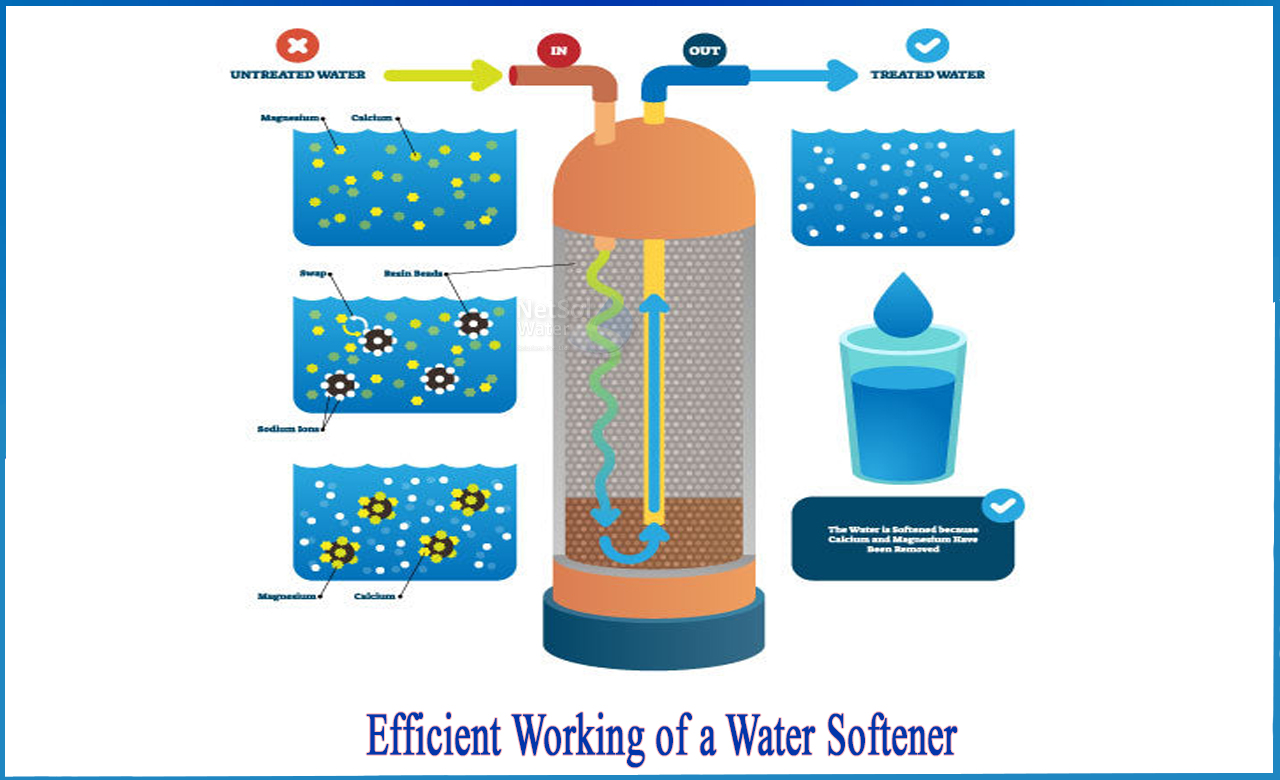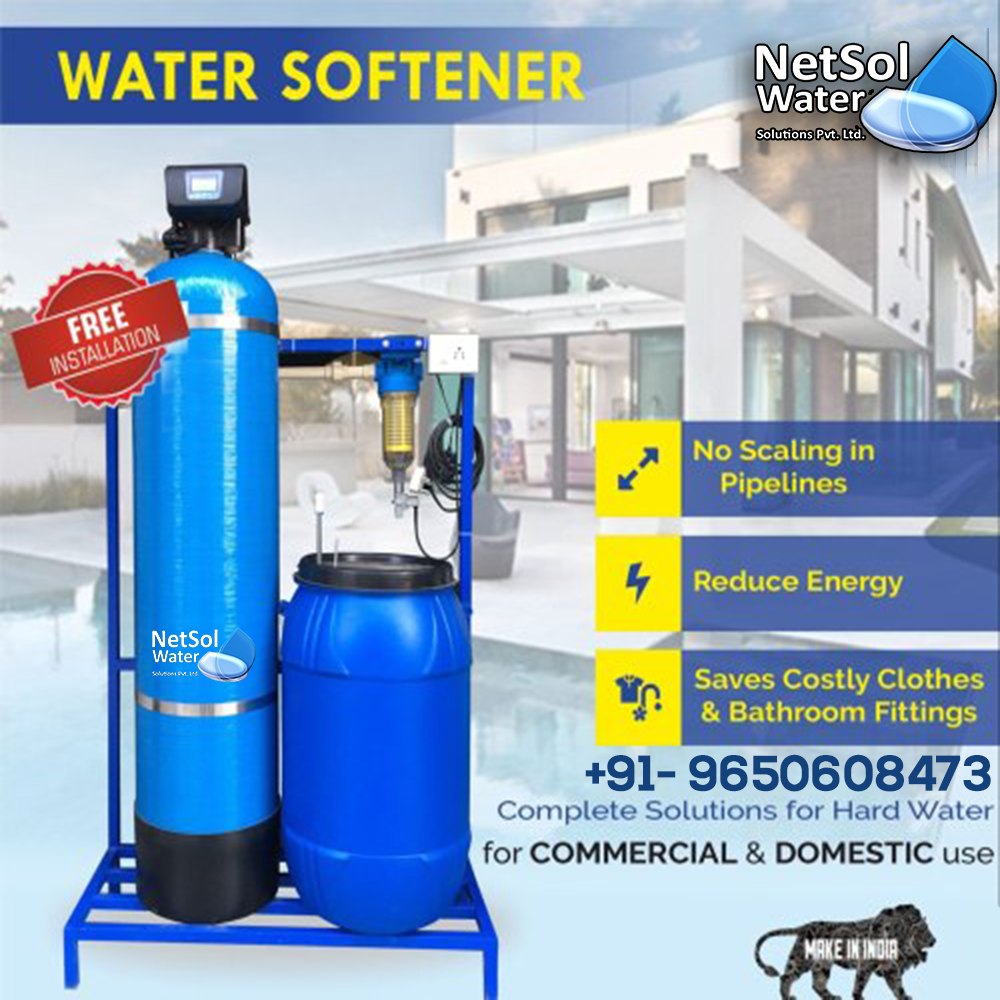WHAT IS A WATER SOFTENER?
A water softener is an excellent appliance that will save you money by requiring less detergent and reducing the buildup of limescale in your plumbing fixtures, pipes, and water-using appliances. It exchanges softer sodium ions for the ions that harden and make your water difficult to use.
Installers of water softeners report that they use less soap, that their appliances use less energy, that their water-using appliances and systems last longer, and that their hair and skin feel better after showering. The resin tank and the brine tank are the two main components of a water softener. Certain models combine both tanks, while others have separate tanks, and both require regular maintenance to function properly.
WHAT DO A WATER SOFTENER REMOVE?
Water softeners purify hard water by removing calcium and magnesium ions. The two minerals that cause water hardness are calcium (Ca2+) and magnesium (Mg2+). In addition, any positively charged ion will be attracted and eliminated during the ion exchange process (also known as a cation). Other minerals, such as iron and manganese, may be included.
Water softeners remove ferrous iron (dissolved iron) when it is present in small amounts and the majority of the iron is soluble. Iron darkens the colour of water and causes visible stains on your toilet, bathtub, and sinks. The removal of ferric iron (insoluble iron) with a softener is more difficult.
Ferric iron will accumulate on the resin bed and resist the regeneration cycle's backwashing. This can result in iron slugs in your softened water, reducing the potency of the resin beads. When dissolved iron comes into contact with oxygen, it oxidises and transforms into ferric iron.
How can I make my water softener more efficient?
MAINTENANCE FOR EFFICIENT WORKING OF A WATER SOFTENER
1-MAINTAIN SALT LEVELS:
Maintaining proper brine levels in your tank is critical. The salt should not be overfilled, nor should it be allowed to run dry. If the salt is overfilled, it can form a salt bridge or cause a clog in the brine tank. This is a build-up of caked salt above the water level, and we'll go over it in more detail later. When checking your salt level, wait until it has dropped to about a fourth of a tank before topping it up. The water softener manual will tell you which salt to use, and this should be followed exactly. Granular salt is the most commonly used type because it dissolves easily in water.
2-BREAK UP SALT BRIDGES:
As previously stated, an excessive amount of salt in the brine tank can result in the formation of a salt bridge. The loose salt above cannot mix with the water below, preventing the water softener from working properly. Breaking up the salt bridge is simple; simply take a long broom handle and carefully break apart the caked-on salt. Move the handle around carefully and all the way to the brine tank's bottom. This causes the water to rise, allowing the salt to mix in and dissolve.
3-CLEAN THE TANK:
The tank must be kept clean; a modern system may only require cleaning every 5 to 10 years. Cleaning these models is only necessary if the water has become harder and basic maintenance has not resolved the issue. To keep older water softeners in good working order, they should be cleaned once a year. Simply empty the tank, scrub it with a soft brush and dish soap, rinse it with clean water, and refill it.
CONCLUSION
NETSOL WATER is the highest manufacturer of all water treatment plants in India. The main motto of us are to ensure that all the needs of the customers should be fulfilled by us within their pocket. NETSOL Water Softener is the most effective appliance for making soft water which not only provides drinking benefits but also saves your money.




